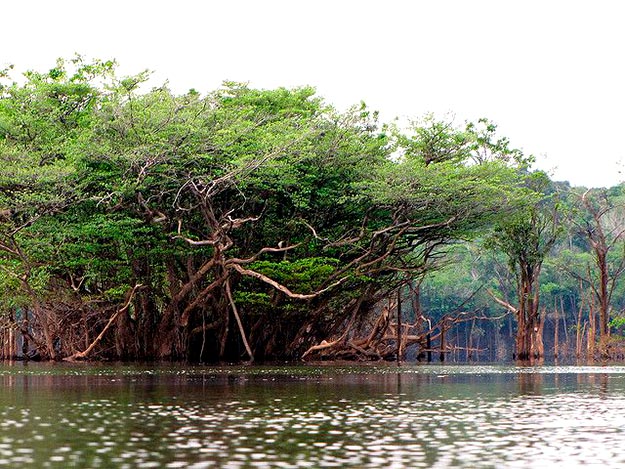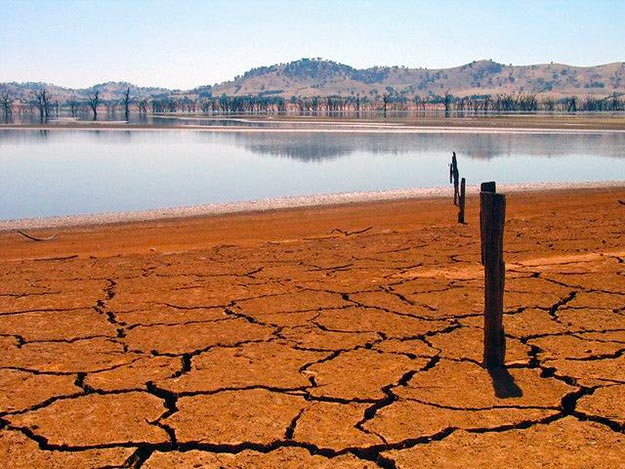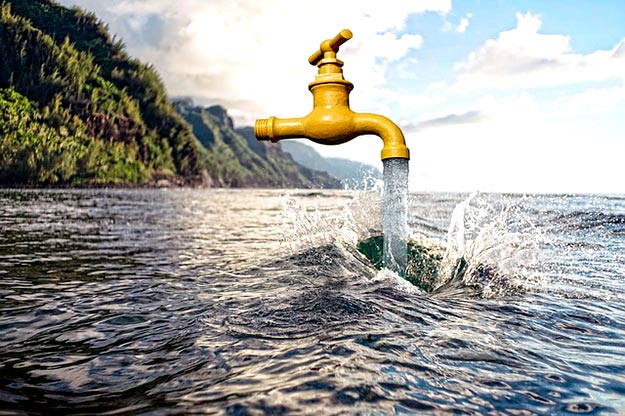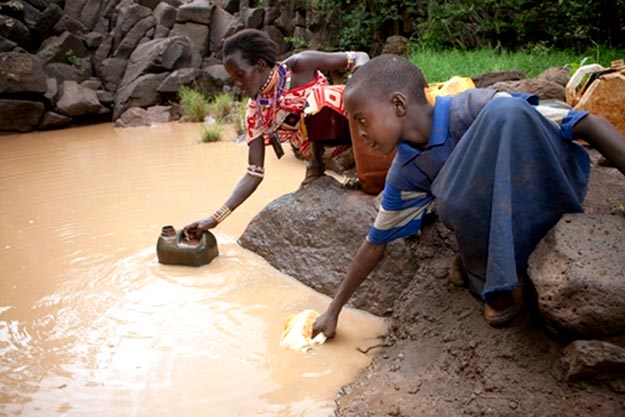Healthy forests are critical to providing clean water. Forests can positively impact the quantity, quality and filtration costs associated with a city’s water, sometimes even reducing the need for costly concrete and steel infrastructure.
The world’s major watersheds lost 6 percent of their tree cover on average from 2000-2014. Today, about 31 percent of the world’s watershed area is covered by forests. Deforestation in these watersheds, often caused by commodity and agricultural production, can contaminate water, fuel floods and drought, and lead to higher water treatment costs. Read more






